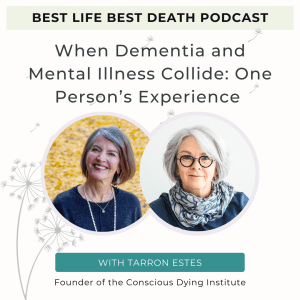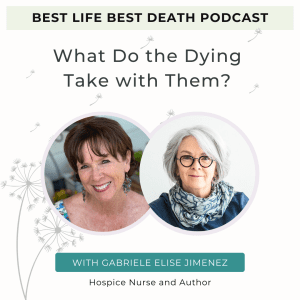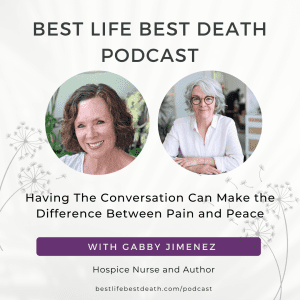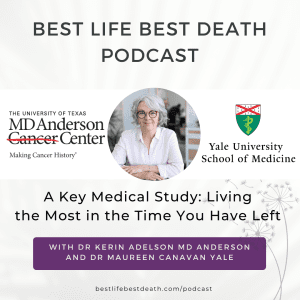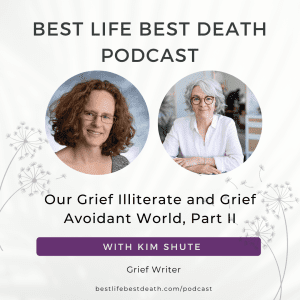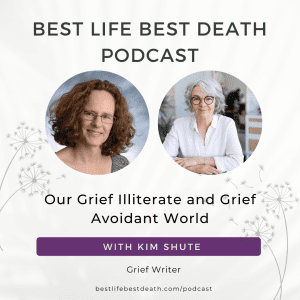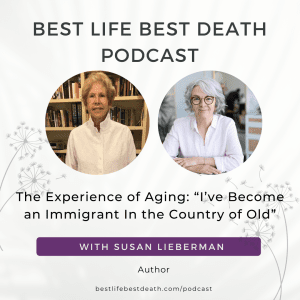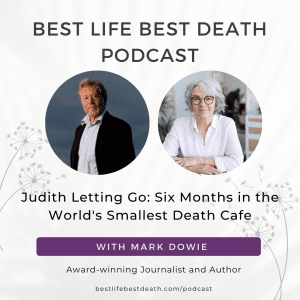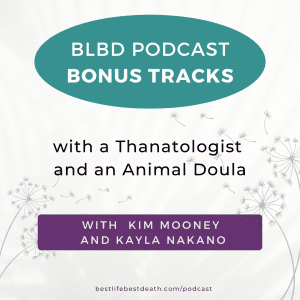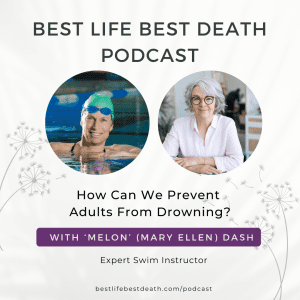This conversation is one of those that is personal and universal. What do you do when your partner dies unexpectedly? What Kim did was delve into that experience and, over time, lean in to help others as they are hit by loss and grief. As she says, “I can be an upbeat, energetic person, and I’ve had this big loss. The content that I’m talking about is grief, and yet I’m enthusiastic about it, so that might feel weird to people. But I want to be of service and I want this horrible pain to be of use to someone.” Kim talks about her experience and her work, touching on many aspects of grief and loss.
